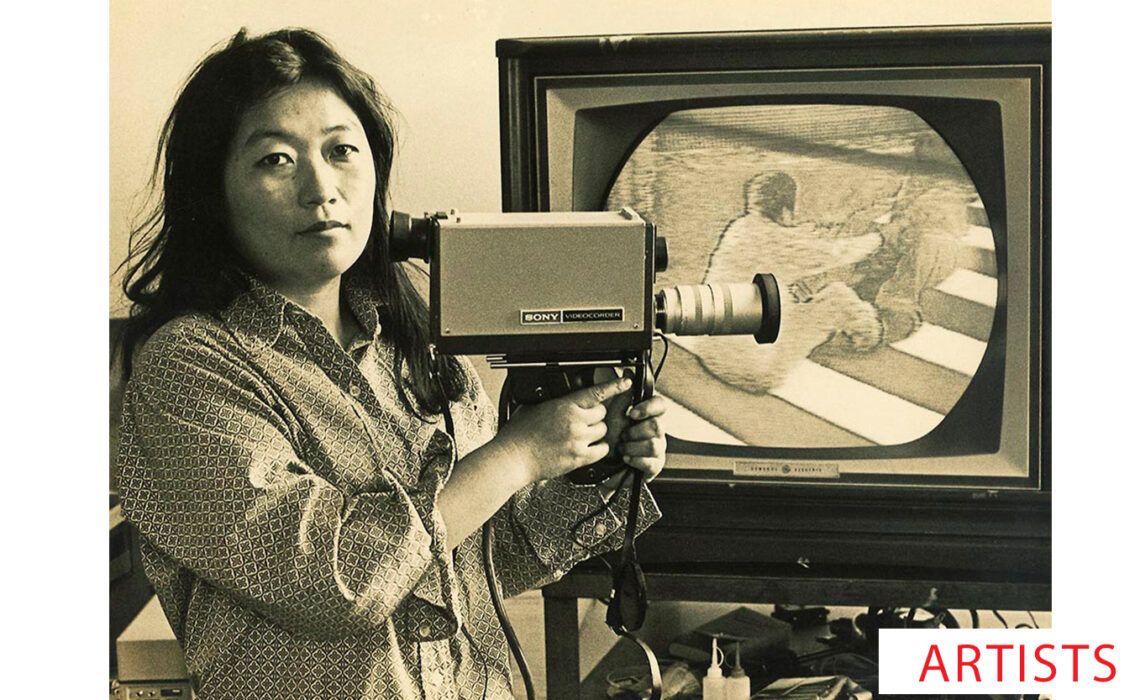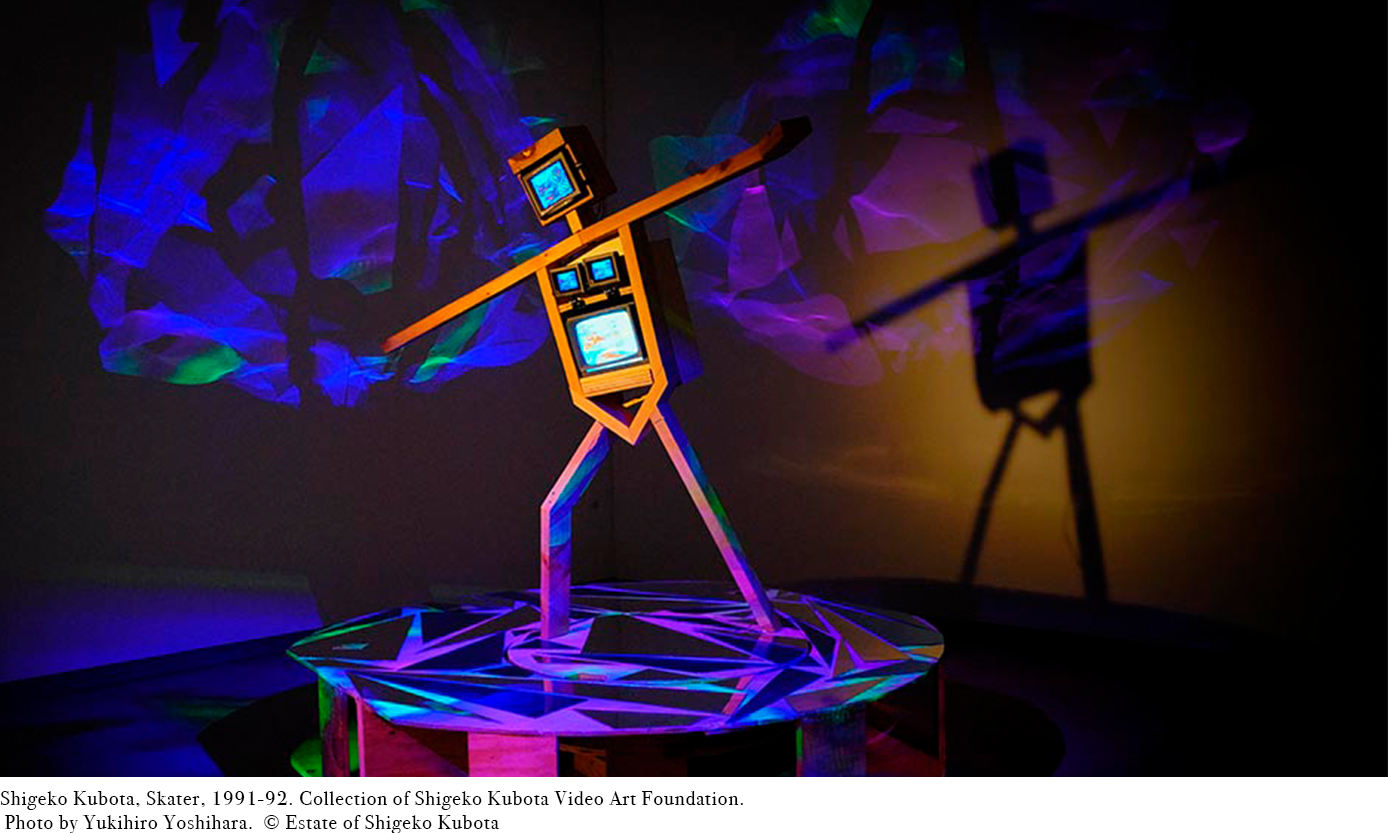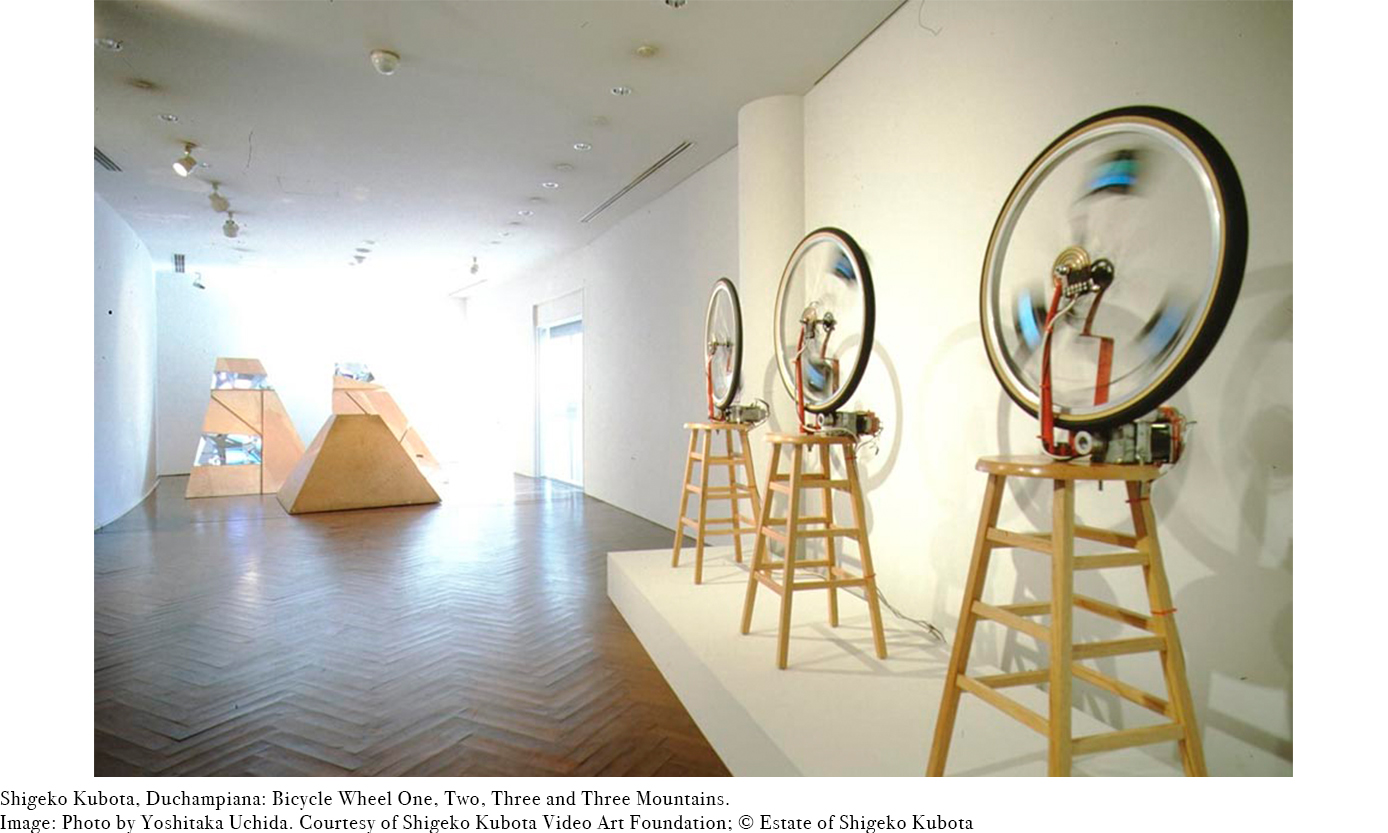
Viva Video! The Art and Life of Shigeko Kubota
By Sybaris Collection
What was Shigeko Kubota thinking and seeking as a female artist who was developing her art on the world stage in the dawn of new media art?
Viva Video! The Art and Life of Shigeko Kubota is the first major survey of the art of Shigeko Kubota (1937-2015) in Japan nearly in three decades. Born in Niigata and educated in Tokyo, Kubota moved to New York in 1964 to join the Fluxus movement. In the 1970s she became internationally known as a pioneering artist for her “video sculpture,” which integrated video into three-dimensional structures. Her contribution to contemporary art, however, has yet to be adequately evaluated.
The Viva Video! exhibition provides a survey of Japanese American female artist Shigeko Kubota, with the latest research in context for international audiences. Shortly after the artist’s passing in 2015, the Shigeko Kubota Video Art Foundation was established in New York at the bequest of the artist to preserve and further study of Kubota’s life and legacy, in addition to advancing the field of video art. Drawing significantly from the collection of recently restored sculptures, drawings, photographs, and ephemera of the Shigeko Kubota Video Art Foundation, and complementing them with additional works from Japanese museums and archival materials from the artist’s family, the exhibition will showcase a diverse array of materials for the first time.
The exhibition will present multivalent views of Kubota’s life and work, through drawings, photographs, archival documents, video, including her Duchampiana video sculpture series. The exhibition is scheduled to tour three museums across Japan, starting in Niigata, her hometown, in spring 2021, traveling to Osaka in summer, and ending in Tokyo in February 2022.




